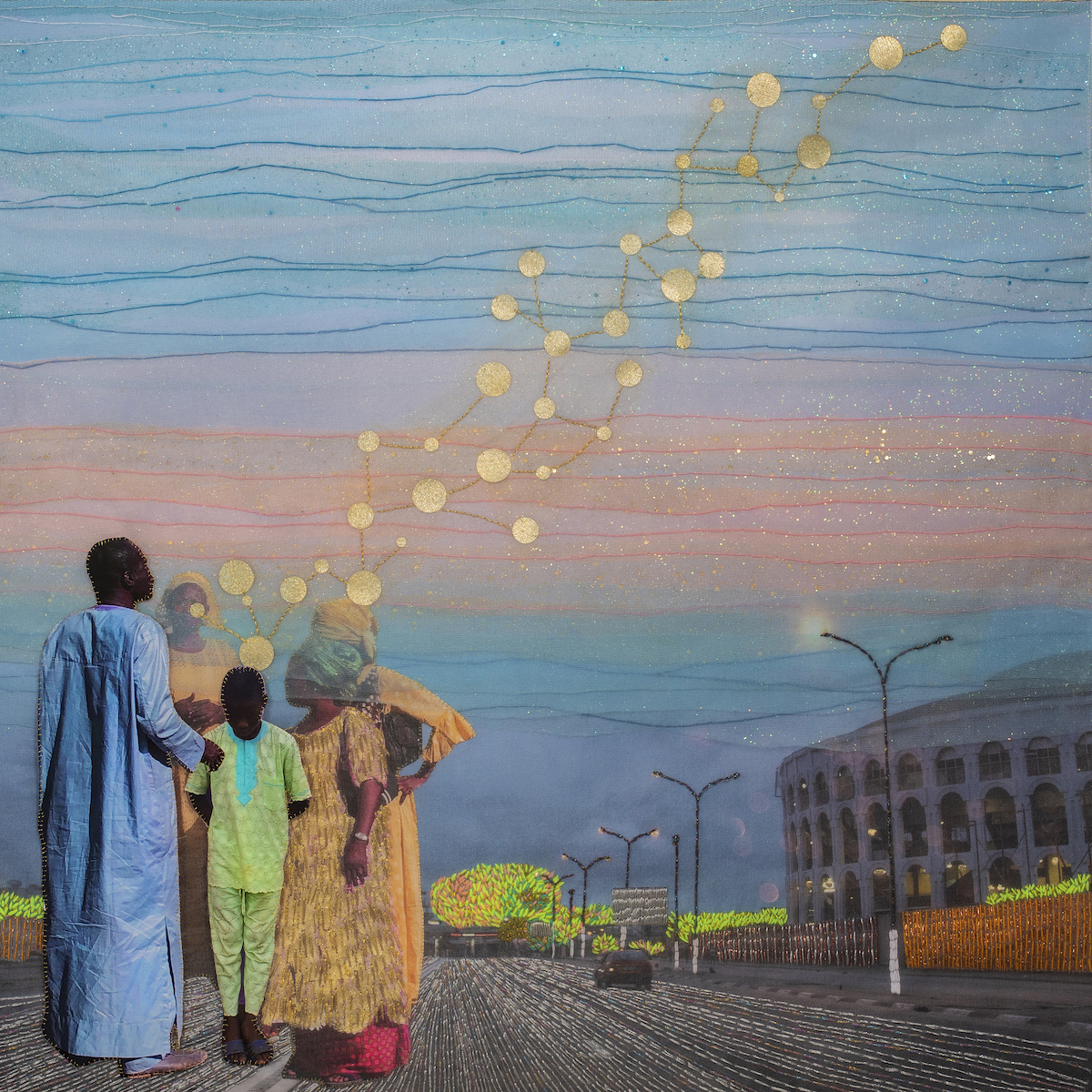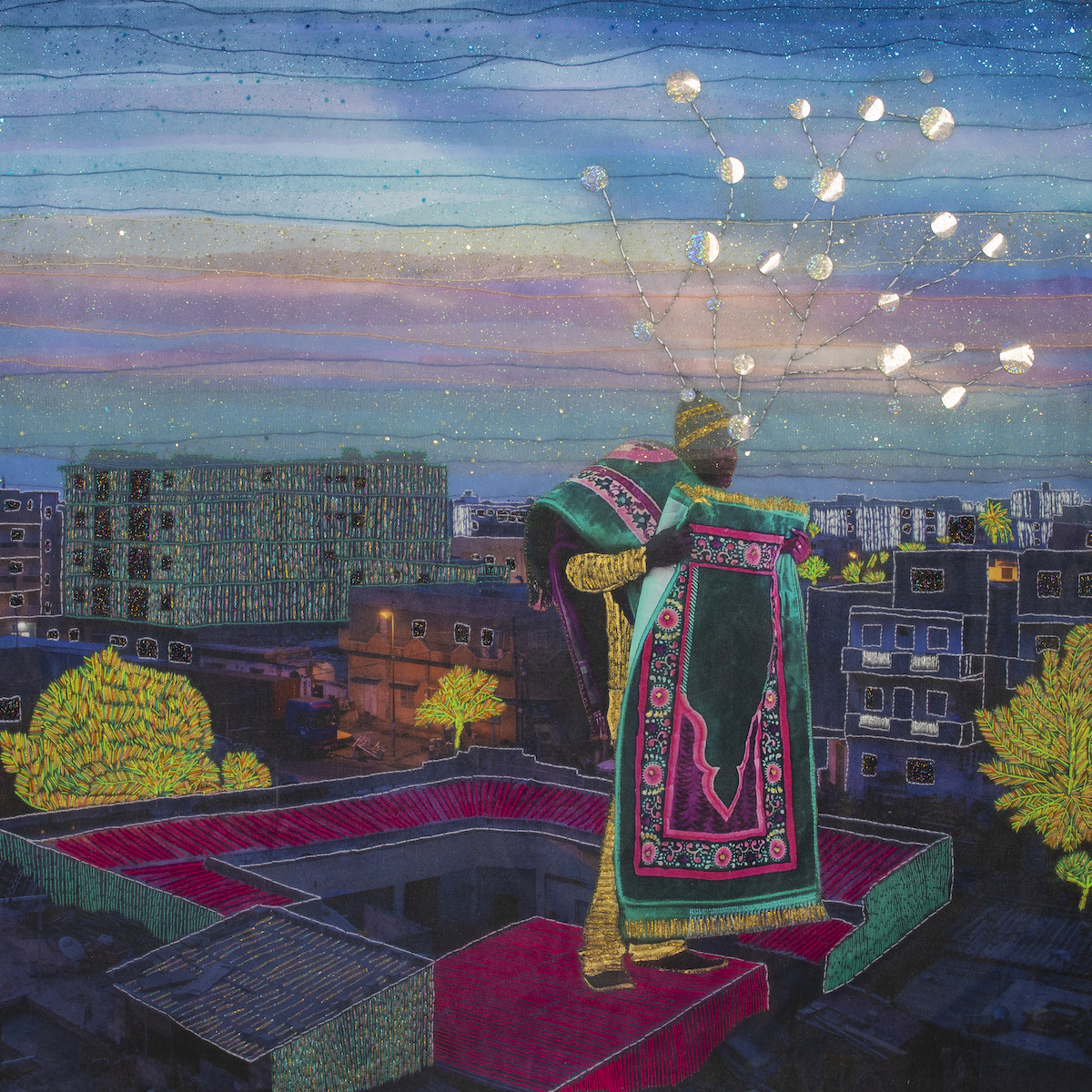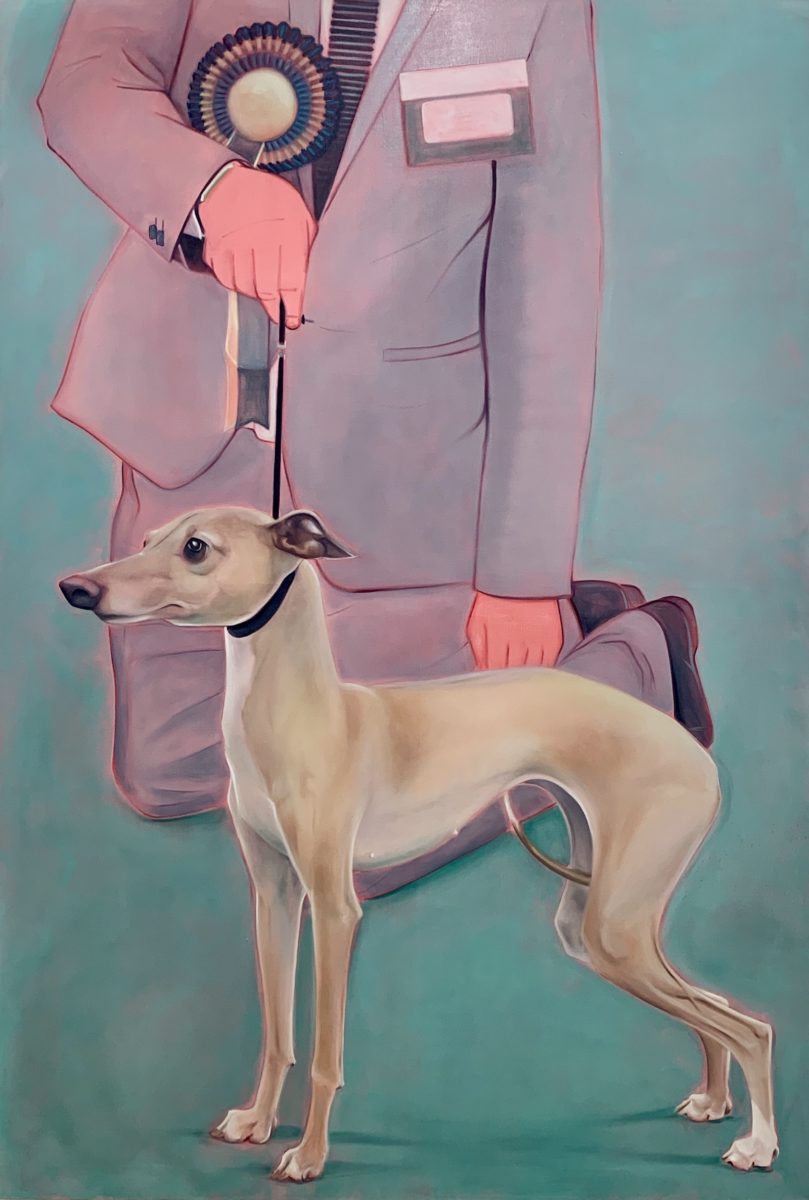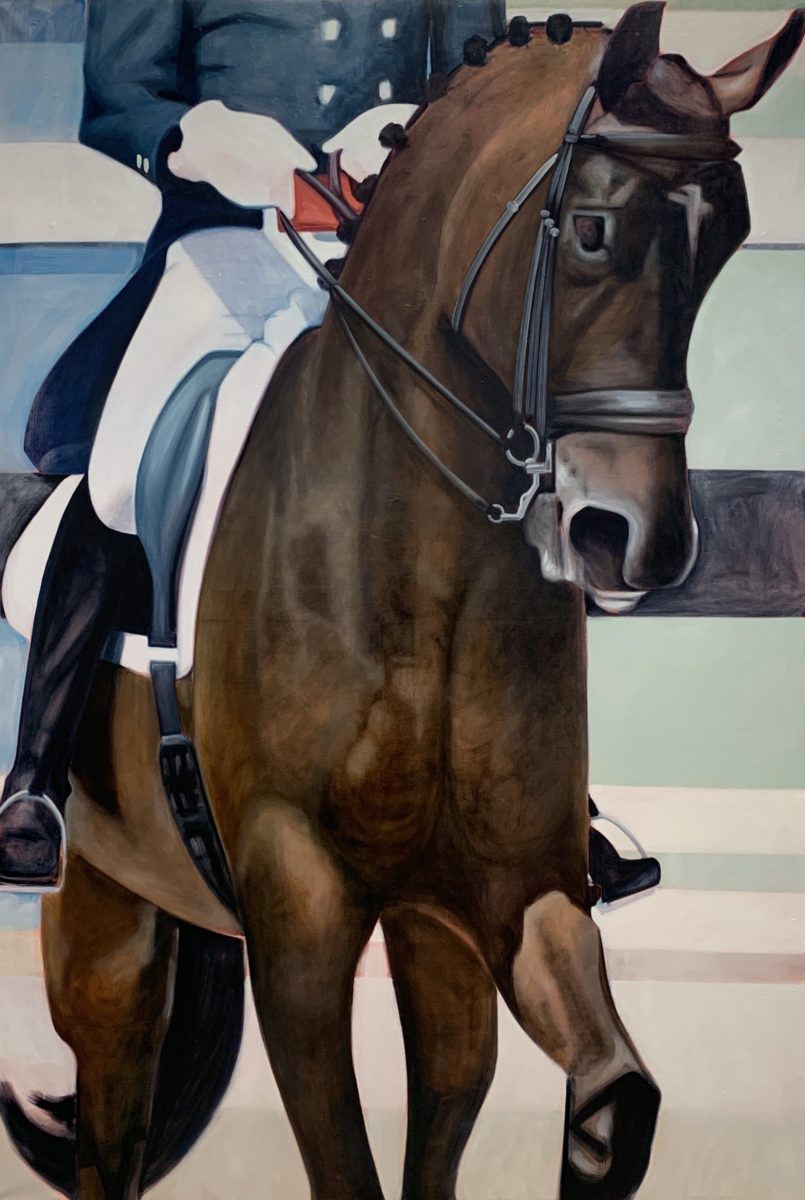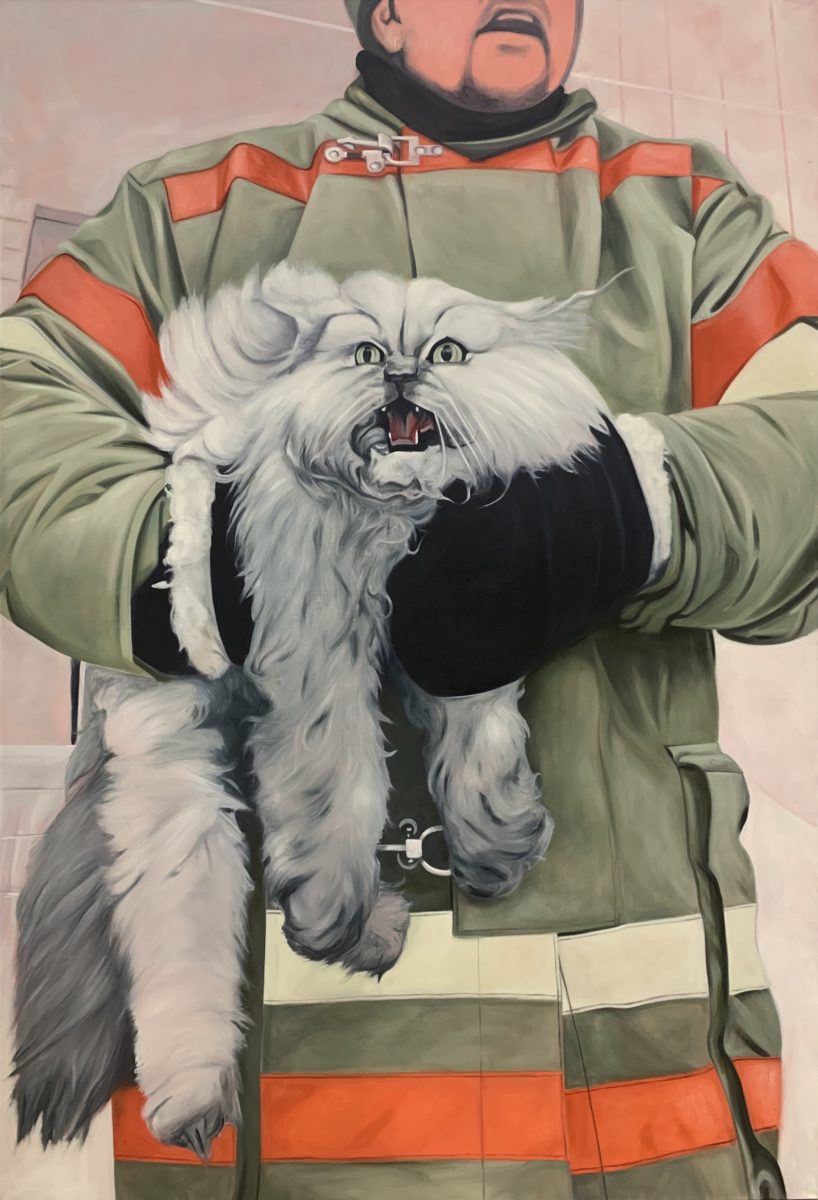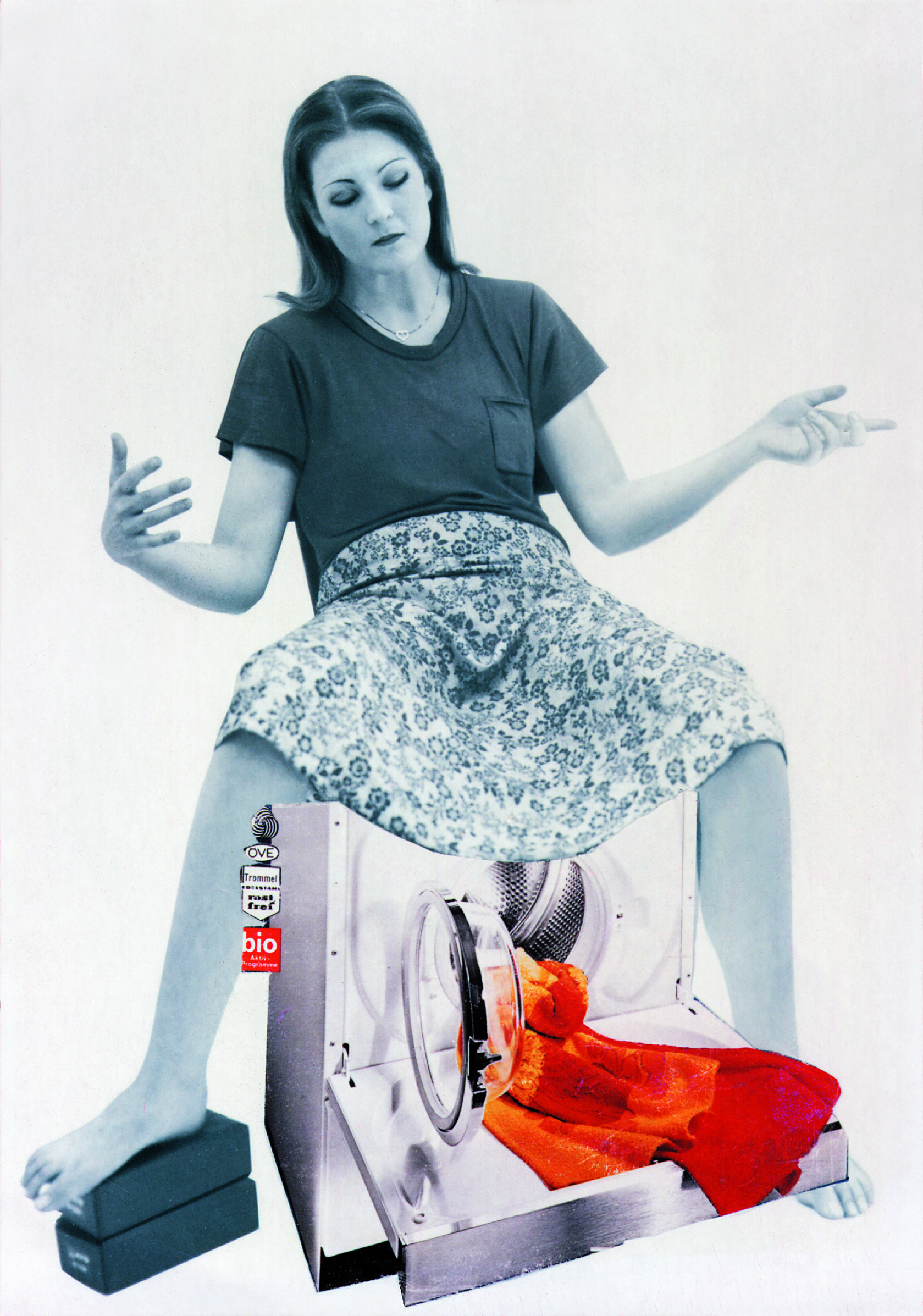
Performance/Video: VALIE EXPORT
VALIE EXPORT has been doing strange things with her body since she was in her twenties, from inviting the public to touch her bare breasts to posing with the crotch of her trousers cut open. VALIE EXPORT was divorced and a mother to a daughter when she went to art school aged eighteen; her tenacity continued throughout her career as her work stirred constant controversy with the press—not least in 1980, when she was selected to represent Austria at the Venice Biennale. Many, VALIE EXPORT recalls, did not agree with the decision, and they even held two separate press events to try to assuage the reactions. “My art was aggressive… aggression is a provocation”, the now 79-year-old flame-haired artist reflects. A first UK solo exhibition at Thaddeus Ropac (who began to represent the artist two-and-a-half years ago) recreates that pivotal multimedia exhibit in Venice in full, for the first time since 1980. It includes seventeen of her Body Configurations photographs, which have been hugely influential and galvanized a new feminist language. An overlooked legend who may finally be getting the attention her work has always merited. (Charlotte Jansen)
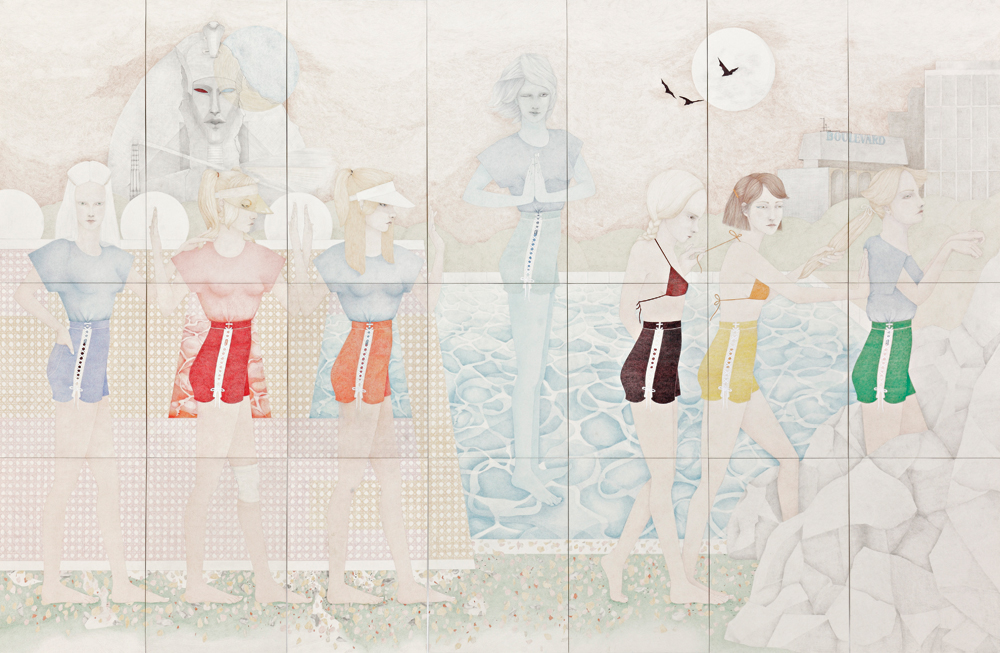
Drawing: Donna Huddleston
Pencil and paper might be more likely to conjure up casual sketches than a majestic, large-scale stage set, but Donna Huddleston is an artist who has a surprising way with the humble pencil. With coloured pencils she is able to create up to three-metre wide drawings; their delicate shading produces an almost translucent finish when viewed at a distance. Her frequently female subjects are rendered in pastel tones, campily staged, as if in rehearsal for a grand theatrical performance—it is little surprise Huddleston herself has worked in theatre and film design. The Exhausted Student, her first institutional solo show, has just opened at Drawing Room in London, and explores the mythologized, bohemian life of a group of students of theatre design, filled with dreams and despair. The exhibition runs from 29 November to 1 March 2020. (Louise Benson)
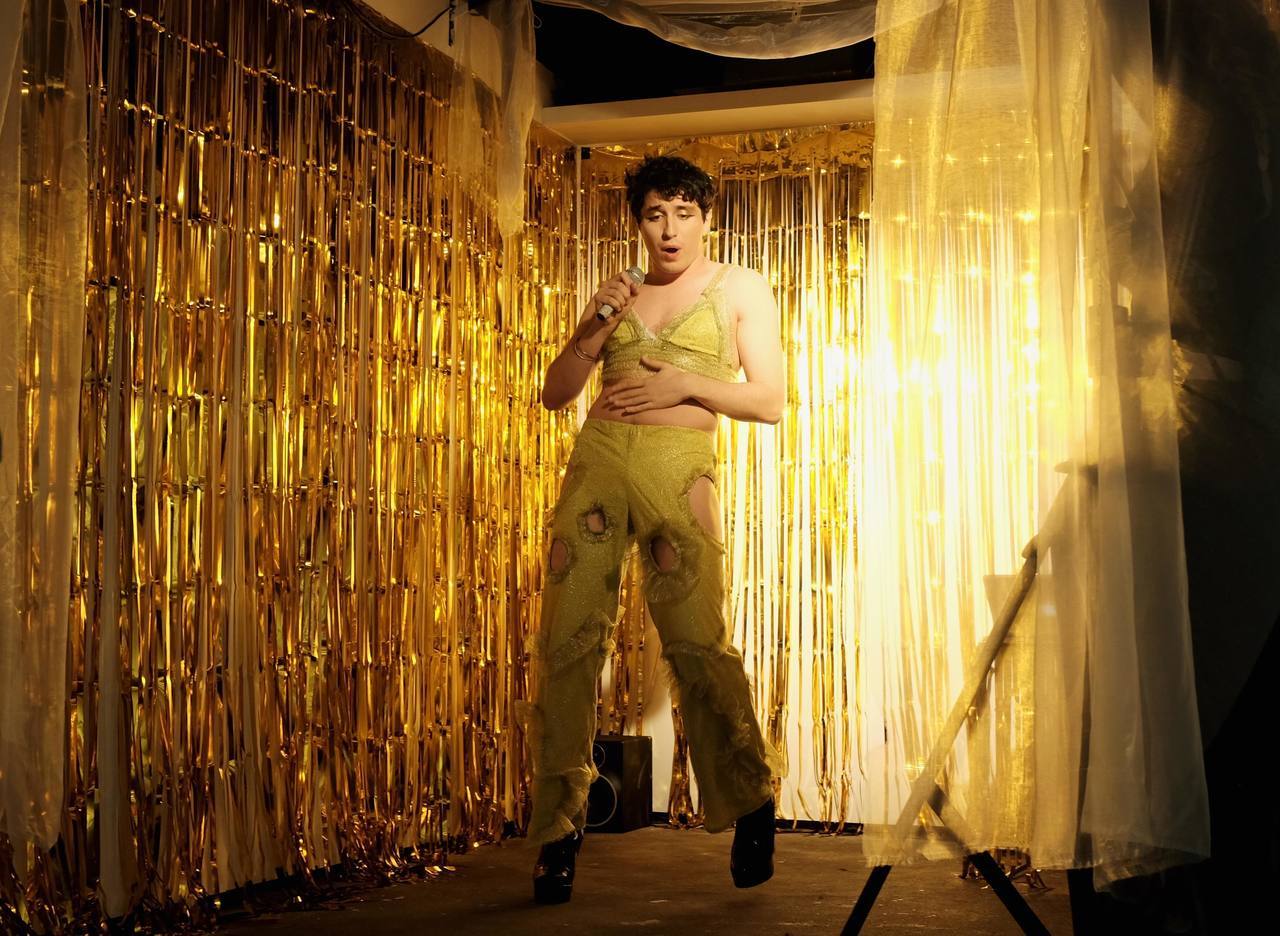
Sculpture/Performance: Hannah Skinner
Spanning sculpture, performance, costume design and a very joyful short video piece, Hannah Skinner’s work is an irreverent take on more complex issues around queer theory and body politics. Based in South London, she uses an assemblage of sound, music and movement; dominated by outré costumes. These costumes deliberately enforce the idea of the wearer taking up room, while also constraining them within their outfit and their performance space. Skinner was recently awarded The David Troostwyk/Matt’s Gallery Studio Award; and her work is on display until 14 December at Camberwell College of Arts, where she graduated in sculpture last year. The show, as with much of her work, looks at ideas of queerness and mimicry through lenses of absurdity and humour, using soft sculptural pieces alongside metal and embroidery to create a shiny, luxurious sense of faux-opulence from pieces with little monetary material value. The hashtags on Skinner’s Instagram sum up her preoccupations pretty well: #inflatables #sculpture #queer #slime. What’s not to love about those? (Emily Gosling)
- Joana Choumali, Dream Leftovers, Series Albahian, 2019.
Mixed Media: Joana Choumali
Joana Choumali combines the immediacy of photography with the slow, meditative act of embroidery in her mixed media images. The Ivorian artist studied in Morocco and became an art director at an advertising agency before embarking on her own projects, which focus on a wealth of African cultures and communities. The brightly coloured threads that adorn her photos might make you think of celebration or joyful experiences, but they also speak to darker concerns. Take, for example, her recent series Ça Va Aller (it will be ok), which won her the eighth Prix Pictet award. Choumali began taking secretive photos of the local community shortly after the terrorist attacks in Grand Bassam on Sunday 13 March, 2016. She used her iPhone instead of an SLR in order to remain inconspicuous and capture people at their most candid. She also photographed empty spaces, recording the immense sense of loss that had engulfed the historic town. The artist explains, “This work is a way to address the way Ivorian people deal with trauma and mental health. Each stitch was a way to recover, to lay down the emotions, the loneliness, and mixed feelings I felt. Adding embroidery on these street photographs was an act of channelling hope and resilience.” Choumali is exhibiting at UNTITLED, ART Miami Beach with Gallery 1957, until 8 December. (Holly Black)

Photography/VR: Natasha Caruana
It’s not often that we align the sex lives of our parents, Virtual Reality and concerns around the NHS; but Natasha Caruana is one artist navigating that trio of complex territories (and more). Her show, opening this month at ASCS Gallery, evolves her photography practice to encompass a 360-degree VR work that invites people inside a reimagining of the artist’s mother’s bedroom. The London-based RCA grad has long worked from an autobiographical perspective, exploring her own narratives around love and life—drawn from both personal experience and found archival and internet-based reference points. In this new installation, titled Timely Tale, she invites viewers into the story of her mother Penny, who’s looking for love online, set against the eerie backdrop of a medical waiting room that’s been closed down, in a nod to governmental health services cuts. The exhibition runs from 9 to 20 December 2019. (Emily Gosling)
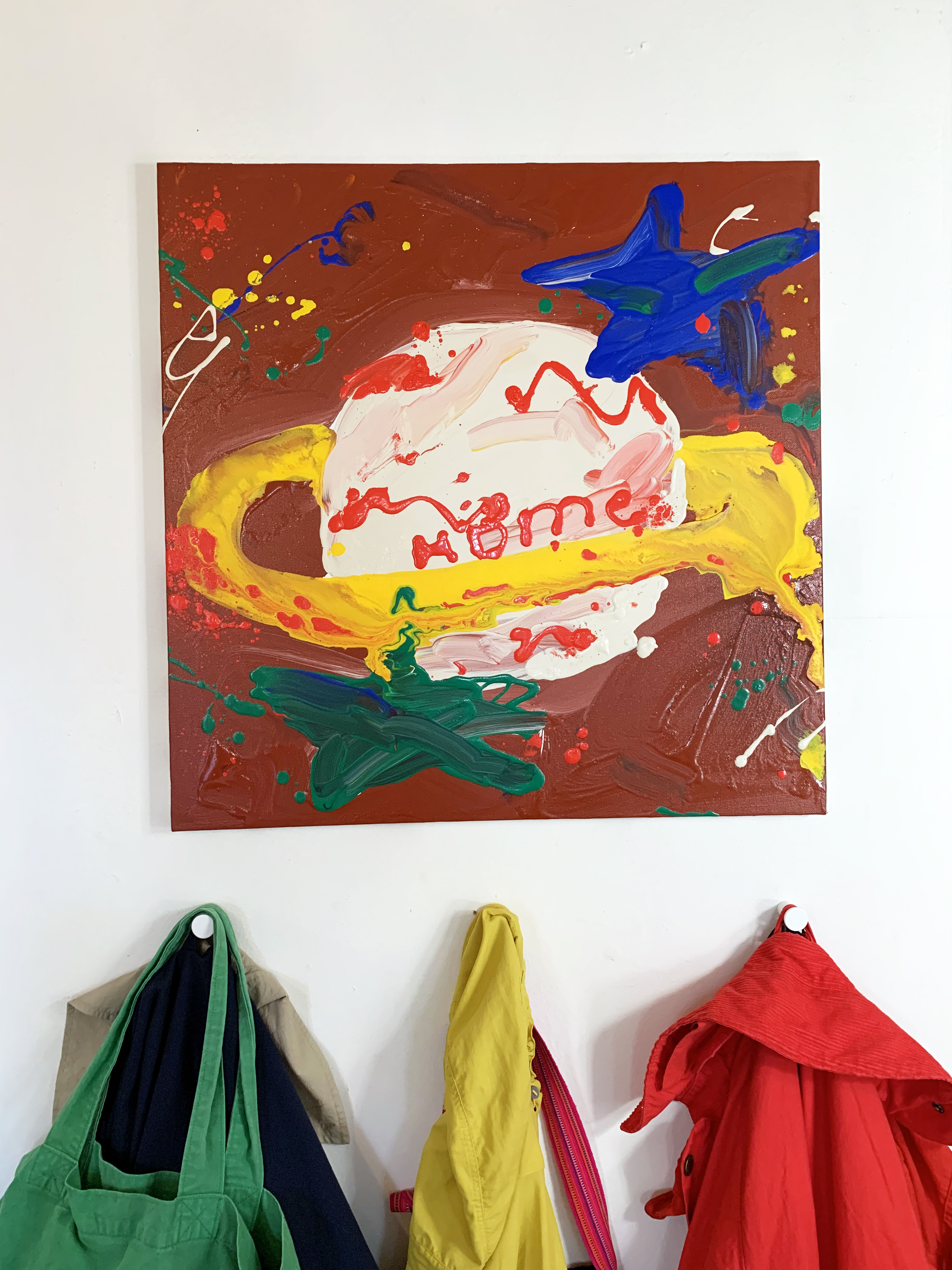
Painting: Misaki Kawai
If you don’t already know Misaki Kawai from your popular posts feed on Instagram, you would do well to check her out: the forty-one year-old artist, from Osaka, has been one of the many contemporary artists to make craft cool again. Even materials with an after-school club vibe have found their way into her work. Papier-mâché? Felt? It’s amazing how fresh Kawai makes it all look. Kawai’s mash-up of misshapes organically mixes high and low, and traverses the boundaries between Pop product and contemporary art object, taking texture as a theme and premise for series like her 2018 solo show Fluffy Days. Now the artist is showing in Europe (she’s represented by V1 Gallery in Copenhagen) as part of a group show, Mine III, opening this week and on show until 21 December; it’s a rare chance to catch Kawai this side of the globe (she’s had several shows at The Hole in New York, who represent her work in the United States). Festive joy for all the family. (Charlotte Jansen)
- Lydia Blakeley, Protection, 2019
- Lydia Blakeley, Rio, 2019
- Lydia Blakeley, Hero, 2019
Painting: Lydia Blakeley
Lydia Blakeley has had quite the year. She graduated from the MFA at Goldsmiths only this summer, and has come into her own ever since, exhibiting at Sunday Art Fair (London) and Untitled Art Fair (Miami) with Steve Turner Contemporary, and featuring in shows at Transition Gallery, J Hammond Projects and SET, among others. That’s not to mention her star turn on the cover of the latest issue of Elephant, where her characteristic humour and incisive eye for the contemporary moment is out in full force. Her paintings are frequently drawn from source material found on the internet, whether scrolling through Instagram or tumbling through news websites. She has turned her gaze on everything from prize poodles at Crufts to drunk women larking about at the horse races. “I love humour, and I love to be able to bring that in,” she says. “But underneath that humour, there’s a darkness and a sadness too; it’s always masking something.” (Louise Benson)

Photography: Sandra Jordan
Sandra Jordan focuses on the beauty of the natural and manmade world alike, but it is her distinct studies of urban architecture that are truly remarkable. While most artists look to highlight the grit and grime found in decaying concrete and ill-conceived modernism, Jordan strips these buildings of their surrounding contexts and presents them against an unending sky. Her images could be carefully conceived paintings, washed in grey with the tiniest inflections of colour found in a utilitarian blind or a lift shaft. You find yourself focusing on the patterns and systems that define these tower blocks, which offer a new way of considering a contentious form of architectural planning. Jordan likens these buildings to fortresses, “cold in appearance” and somewhat grotesque. But her photographs are vibrant and celebratory, possibly a world away from reality. Jordan is exhibiting at London Art Fair as part of the exhibition Photo50 (from 22 to 26 January). This year’s theme is Occupy the Void, focusing on female photographers over the age of fifty, in an effort to address their lack of representation. (Holly Black)
